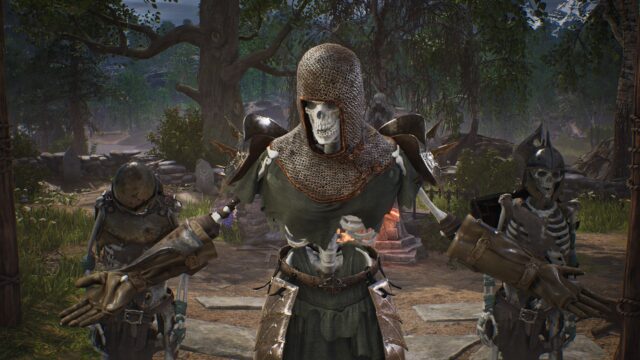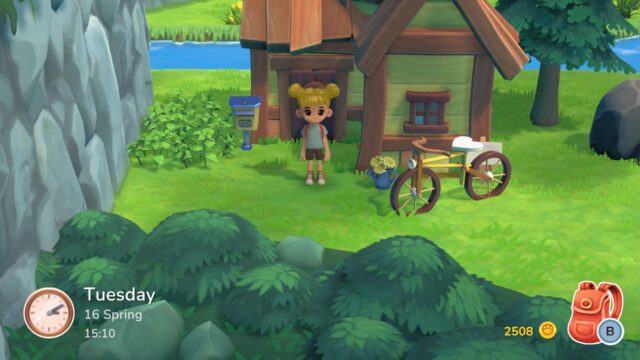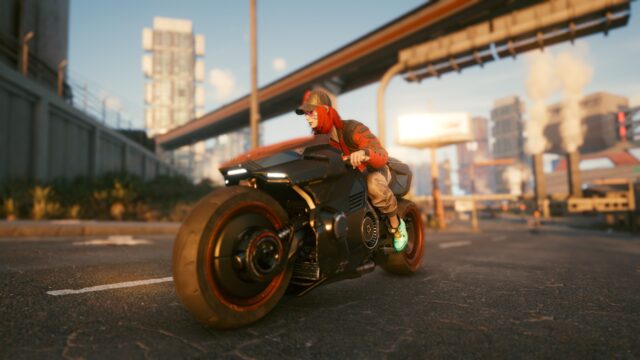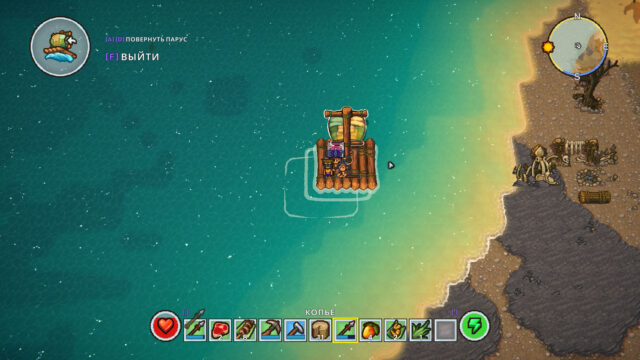Leviathan Warships Review
The gaming world moves so fast that when you write about Leviathan: Warships, you feel like a retro-archaeologist. The game was released about a month ago, which makes it quite ancient in the universe’s scale, but I was so busy building my deck that only now have I gathered my thoughts to write about it.
What is the lifespan of an average multiplayer game? This figure would be distorted by heavyweights like Craft or DOTA, but it seems that many competitive games are only popular on weekends and are forgotten by everyone (except a few dedicated players) as soon as the workweek begins.
I hope that Leviathan: Warships will stay afloat thanks to its extensive contingent of office-chair admirals and perhaps even some toilet/public-transport captains who can join the battle through cross-platform magic. However, I must warn you: the single/multiplayer campaign is more than just a manual, so it’s best to forget some of the lessons from these game episodes. Human players are amazingly unpredictable, while in the campaign, you have to fight against ships that come one after another, testing your patience and tactical skills.

When looking at Leviathan, the first thing that comes to mind, of course, is Frozen Synapse (one of the best indie games of 2011), however, this game is far from being called, for example, Frozen Fleetzone – battles in Leviathan are played asynchronously. Players plan their route and direction, deploy equipment on each of their ships, and then issue orders. Up to four players can participate in one battle, and once all instructions are given, the fight begins.
If no other time limits are set, each action in each round lasts no more than a few seconds, and players can change their plans until their sea cows return home. If your opponents are patient enough, you can make one move before going to sleep, see the results, go to bed, sleep all night, go to work, stay there all day, come home, make an exact matchstick copy of “Aurora”, cook risotto, and only then start thinking about the next stage of the game. It is preferable to play several rounds at once, although personally I like fast matches where hasty orders can lead to clumsy maneuvers.
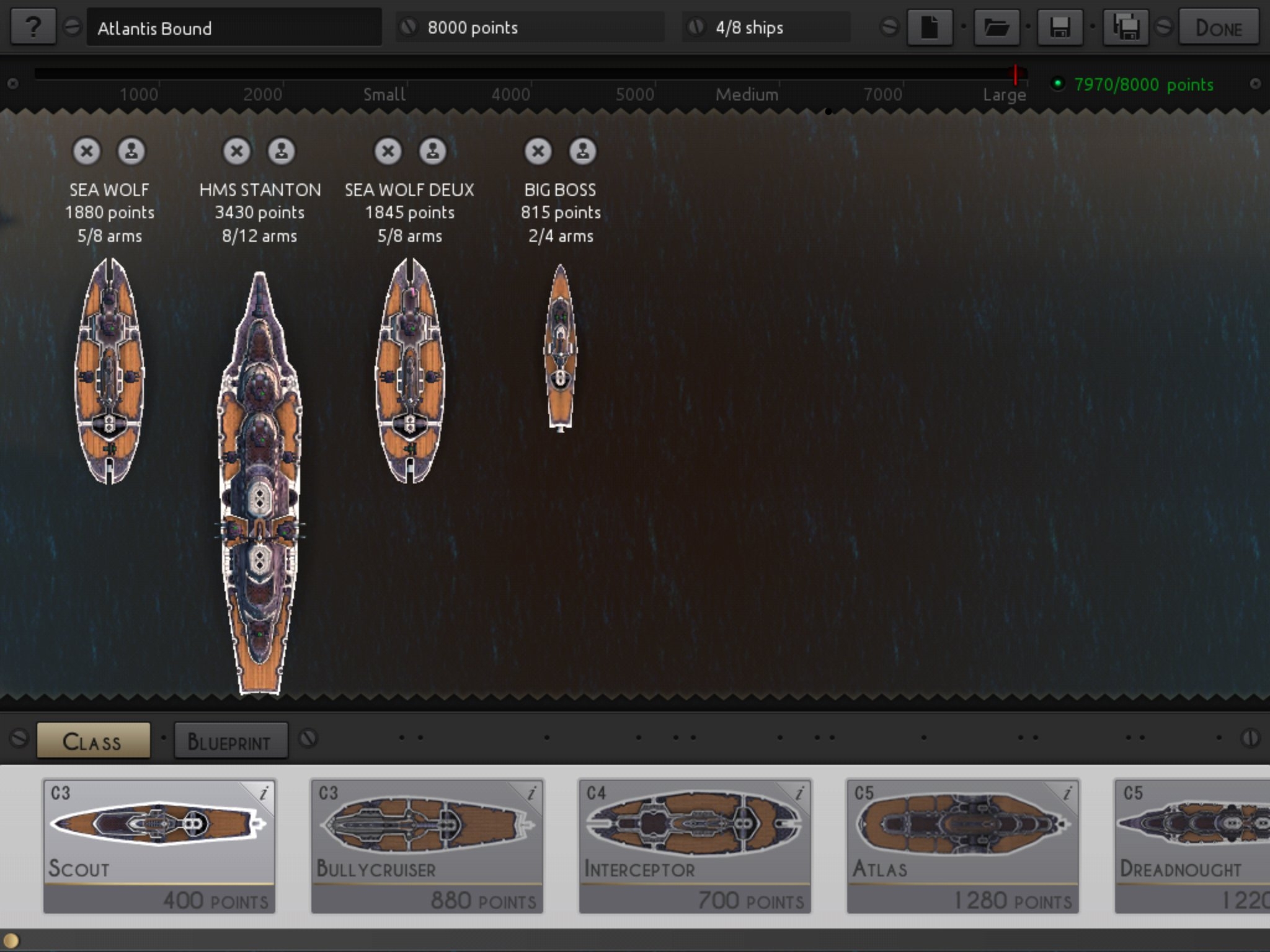
Almost every newcomer quickly understands one thing – unlike the agile squads in Frozen Synapse, the ships in Leviathan are quite bulky objects, so collisions are quite common occurrences. Fleets are constructed using a point system and usually consist of no more than six ships, which are grouped together at the beginning of the battle. The small maps, with easily readable layouts, contain bays, coves, and tiny archipelagos, which are perfect for setting up ambushes and cunning bottlenecks. There will always be a temptation to rush forward at full steam, into the fog of war, towards the enemies, but when massive behemoths are crowded together with miniature scouts and fast gunboats, victory should not be expected. The collision of metal against metal means catastrophe.
During my first attempt to demonstrate my naval dominance, one of my largest ships ran aground, and two other giants, embracing each other, burned in flames, all due to their sluggish nature and huge turning radius. The interface is clear and simple enough to avoid such titanic mistakes, but my desire to perform complex maneuvers and pirouettes during naval battles makes it difficult for me to assess the risks that arise when controlling these sperm whales.
Overall, the ships move quite slowly. They require some time to accelerate and decelerate. A gigantic dreadnought, bristling with railguns and heavy artillery, turns as quickly as a barrel of honey. Spend all your resources on two or three giants, and barely sail away from your initial position, you will realize that even islands and rocks can move faster, constantly hiding from sight. Designing a versatile and flexible fleet is the key to victory.
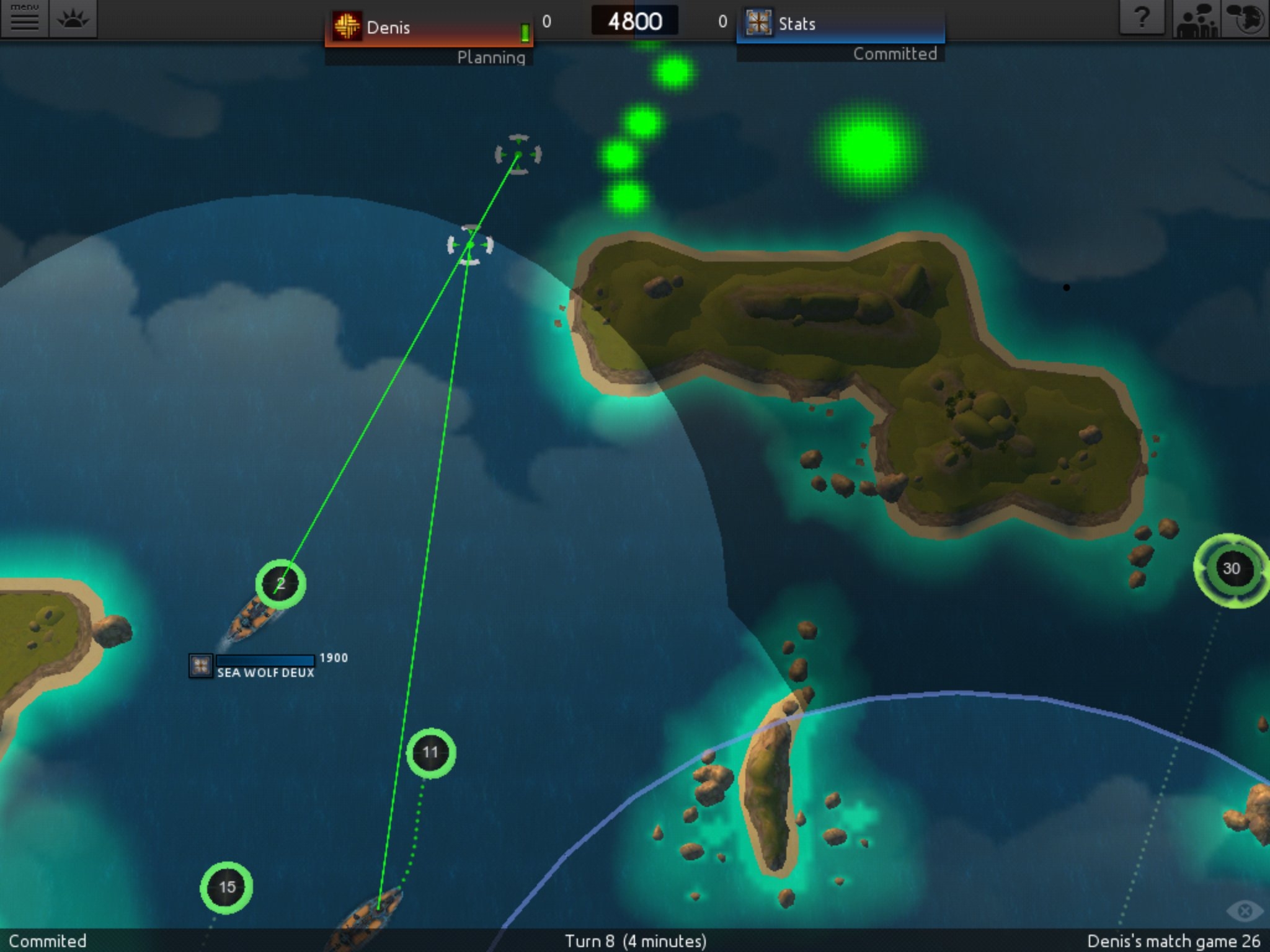
At first glance, the possibilities of ship design seem limited. There are three main weapons – from “guns” that spit projectiles at close range, to long-range cannons that destroy everything, as well as a collection of more exotic weapons and equipment, including shields, camouflage, mines, and even a monstrous deep strike that summons a kraken, which crushes anyone foolish enough to swim nearby. And although ultimately limited possibilities benefit the game, if something random is placed on the ship, it can also be useful. In the game, there is no stagnation, and even the most unexpected combinations can lead to a convincing victory if used wisely.
The secret lies in positioning. Most weapons activate automatically when an enemy appears within the aiming arc, which depends on the placement of the gun, which can look backward, forward, or sideways. In addition, one should not forget about distance – most guns have a minimum and maximum range, which means that ships armed with powerful weapons tend to be slow, but this does not prevent the construction of a hybrid that can function in all ranges at once. Personally, when it comes to building individual ships, I use the “specialist” approach – in the end, the entire fleet becomes something like a jack-of-all-trades.
My biggest victory came with the participation of three experimental ships – miniature boats with armor, one gun (a laser weapon, very effective in close combat), and not an ounce of extra weight. My opponent had a bunch of large ships, not equipped with weapons for close-range combat. Using the island as cover, my tiny terrorists approached from different sides, pressing close to the enemy’s hull, and then started shooting at it, like piranhas tearing apart a blue whale.
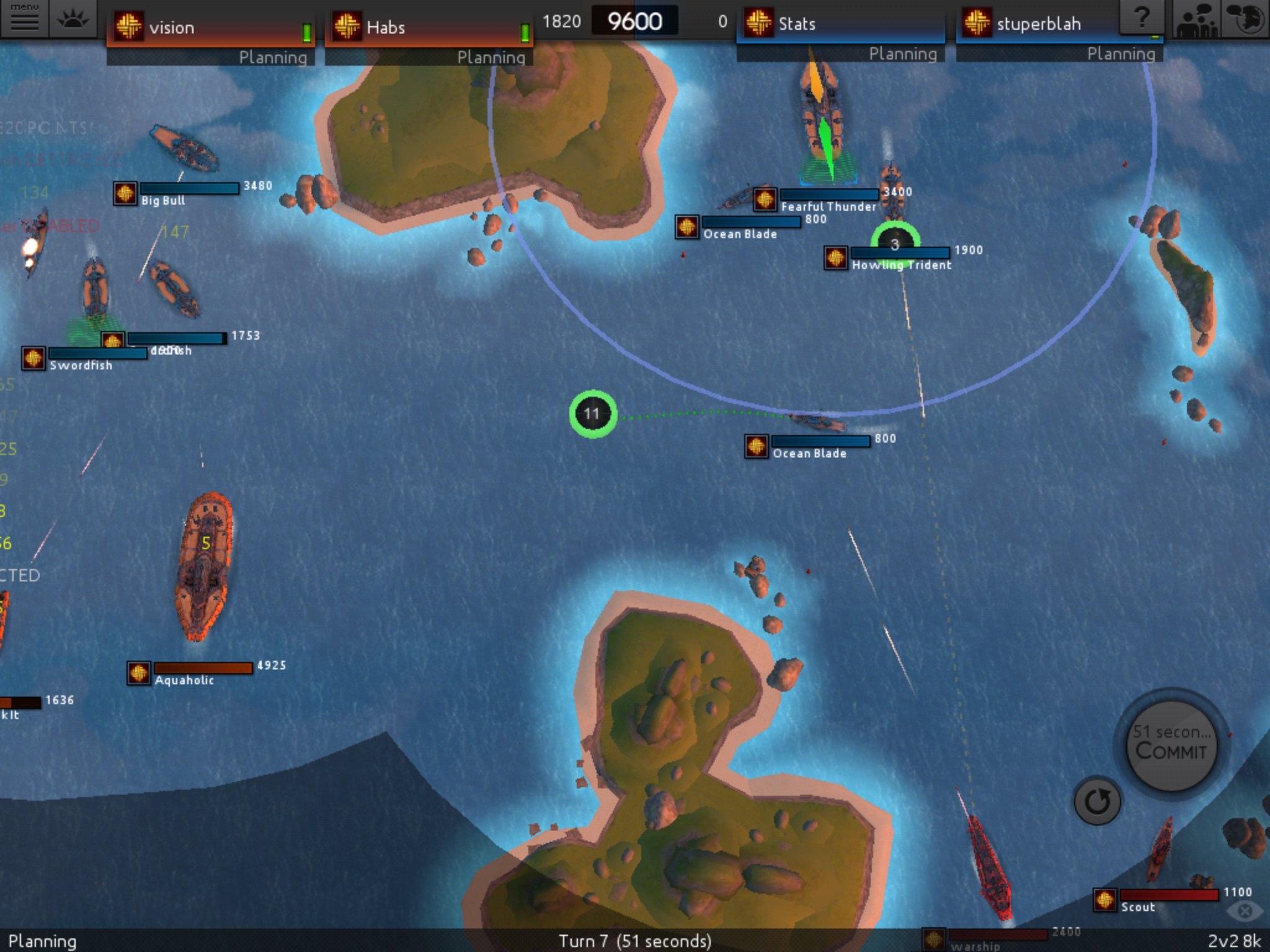
In addition, I had large ships equipped with long-range artillery for shooting, but they hardly made any contribution to this bloody massacre. If they had approached close enough to open fire, they would have been immediately destroyed. And the small ones didn’t have such a problem – they could maneuver in the dead zone in front of the giants, avoiding serious damage.
From my side, the problem was that I had already shown my trump cards. This trick only works once, at least if you don’t encounter strong resistance, so I needed to retreat, open the fleet control screen, and come up with new tricks. I was about to send the same ships, but with mines instead of beam weapons, so that they could approach closely and blow their huge opponents to pieces. However, at the same time, I improved devastatingly powerful railguns, which, however, required manual aiming and several seconds to reload.
Leviathan is a small game, and at first, its limited maps and modest selection may disappoint. However, I would find this game more well-polished than limited. From fleet building to individual stage results, matches follow the long-standing tactical tradition of planning, reacting, panicking, crushing plans, and subsequently hitting the screen with a fist, cursing like a pirate. I prefer 2v2 team battles because the added difficulty of coordinating movements leads to fun failures and glorious victories, but Leviathan is also a game that I will be very happy to play with strangers.

There is a special pleasure in suddenly discovering an unexpected combination of equipment and weapons, learning from your mistakes, and applying this knowledge to create a new fleet.
I haven’t sailed in the turbulent waters of Leviathan for several weeks, so I can’t wait to find out if my tactic of attacking with tiny laser piranha boats has become a trend or if the enemy has acquired some new black magic. Either way, the scale of the game, random critical hits, and somewhat limited content are balanced out by careful planning and unexpected moves – and that is reason enough to visit Leviathan at least a few times a day. A flawed game with serious potential.
Share
Discuss
More Reviews

